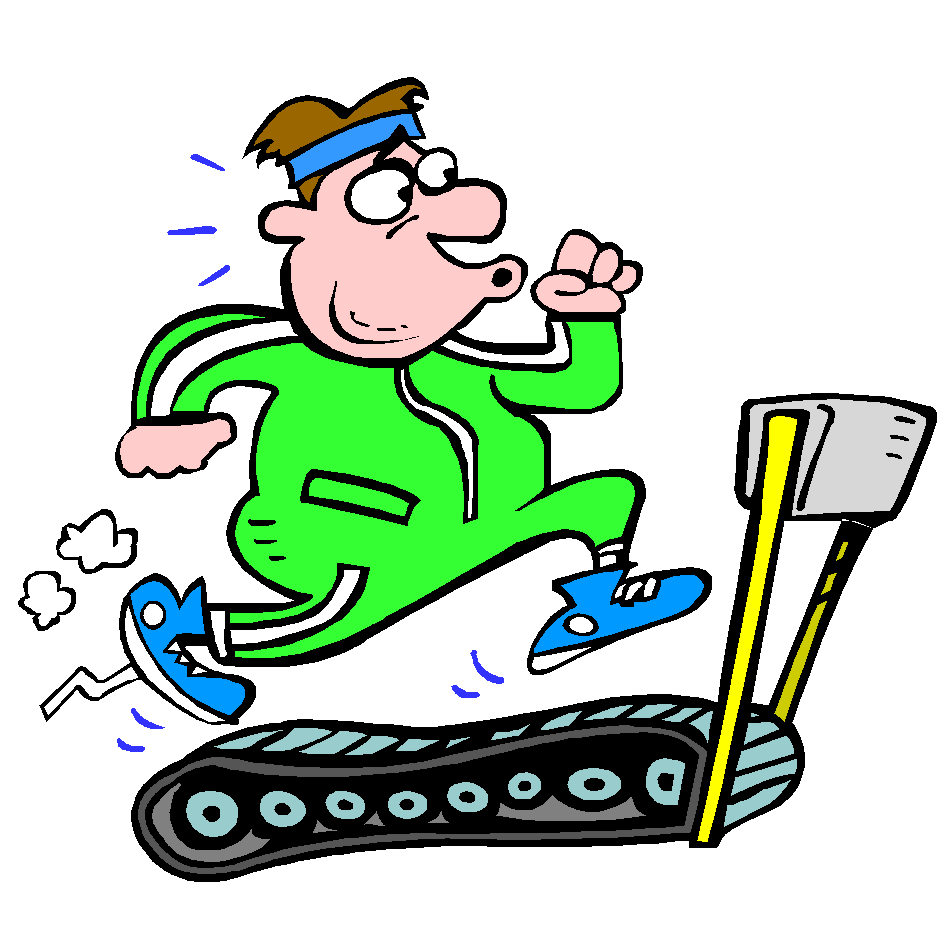
Balancing when to eat and when to run can be tough. And that’s not just because if you work during normal business hours, then you’re probably running when most people are eating breakfast, lunch, or dinner. No, what I’m talking about here is learning how to schedule your runs so that your most recent meal doesn’t come back for a second tasting 15 minutes into your run.
This is one of those areas where you’re going to have to experiment to find what works best for you. I know some runners who can polish off a lumberjack’s breakfast seconds before heading out the door for a morning run and others who swear that they’ll have troubled stomachs their entire run if they eat the slightest morsel within several hours of training. There’s not much you can do about where you fall on the rockgut scale. When in doubt, err on the side of caution.
At a race in Japan once, I startled all the runners near me by popping a potato in my mouth just minutes before the start. I had a few stomach problems during that race, but knew that my opponents were completely psyched out. I won.
On the flip side, there’s also great variation among runners concerning how soon they eat after a run. Some runners step in the door and start munching; others don’t feel hungry for hours. This amount of time is going to be different even for individual runners from run to run—when it’s hot and you finish your run dehydrated and overheated, you’re probably not going to be as immediately hungry as on a 50-degree day. The harder you run, the more time you’ll probably want to allow before your next meal. Again, experiment to see what works for you. But here’s an important finding from the exercise science labs: If you consume some carbohydrate (it can be in solid or liquid form) within the first 30 minutes of the end of your run, your muscles will absorb those carbohydrates three times as fast as before your run. Although the rate at which they refuel slows some after those first 30 minutes, your muscles remain extra receptive for the first 90 minutes after a run.
What’s going on here? Think of your muscles as sponges. Following a run, they’re “drier” than at any other time. Just as a dry sponge greedily gobbles water more quickly than a moist sponge, so too do your muscles most want to be refilled when you’ve just depleted some of their stockpiles.
Why does this absorption matter? Because the gains that you make in your running that allow you to progress occur during the recovery phase following a run. By getting some carbs into your system soon after finishing your run, you therefore speed the recovery process. You’ll feel better on your next run, and you’ll be better able to nail each of your workouts and progress closer to your goal rate.
Carb refueling is especially important after longer-than-usual runs. Many times, when runners are dragging several hours or even the day after a long run, it’s because they waited too long to restock their muscles. As I said, some runners just don’t feel like eating any time near after finishing a run. That’s OK, but even they would feel better from run to run if they got in the habit of getting a minimal amount of carbs in. Keep in mind that I’m talking about only 100 to 200 calories in the first hour or so. That’s a bagel or a couple of pieces of fruit. If you have a super-sensitive system, liquid carbs are fine (and they’ll also help you to get in the important habit of drinking soon after your run). That can mean a sport drink or some diluted fruit juice. Diet sodas don’t count because they contain no calories, and therefore, no carbs.







 If runners’ diets seem strange to most folks, that’s because most people don’t eat as most nutritionists advise. That’s another way of saying that the best diet for runners is the one that everyone should eat. This diet should be low in fat and include a moderate amount of lean, high-quality protein; the majority of calories should come from carbohydrates, especially in the form of fresh fruits and vegetables and whole grains. More than sedentary people, runners gravitate toward this type of diet because it makes them feel better.
If runners’ diets seem strange to most folks, that’s because most people don’t eat as most nutritionists advise. That’s another way of saying that the best diet for runners is the one that everyone should eat. This diet should be low in fat and include a moderate amount of lean, high-quality protein; the majority of calories should come from carbohydrates, especially in the form of fresh fruits and vegetables and whole grains. More than sedentary people, runners gravitate toward this type of diet because it makes them feel better.

 When should you see a doctor for a running injury? Most injuries, especially the softtissue overuse injuries, don’t need medical attention, especially if you treat them right from the start. When an injury drags on, or when you keep running on it and you get injured elsewhere, you start entering the gray area of when to get help. Certainly, any runner whose injury interferes with normal, daily activity for more than a week without improvement should seek medical help.
When should you see a doctor for a running injury? Most injuries, especially the softtissue overuse injuries, don’t need medical attention, especially if you treat them right from the start. When an injury drags on, or when you keep running on it and you get injured elsewhere, you start entering the gray area of when to get help. Certainly, any runner whose injury interferes with normal, daily activity for more than a week without improvement should seek medical help.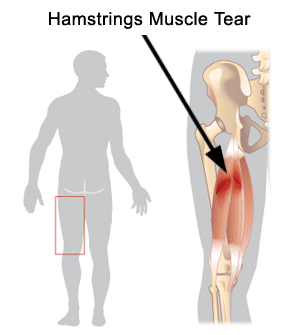


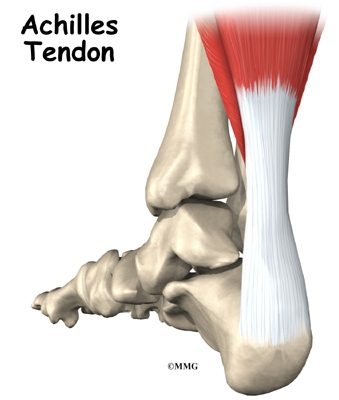
 Stress fractures are tiny, incomplete breaks or cracks in a bone. They can occur many places in the body, but runners most often get them in the feet. They’re caused by too much repetitive stress to bones that are overworked. That’s why stress fractures occur gradually—over time, the bones are asked to do just a little bit more than they’re ready for, and the shock is great enough to cause a slight crack. Stress fractures are different from a standard broken bone because with a stress fracture, there’s not a sudden, obvious incident when the bone breaks. Rather, the pain begins gradually, usually as a slight twinge, and only intensifies as you continue to run on it. Trust me, though—if you get a full-blown stress fracture, there will be no mistaking that you’re hurt. With every step, sharp pain will shoot from your foot up your leg, and it will get worse the longer you run on it.
Stress fractures are tiny, incomplete breaks or cracks in a bone. They can occur many places in the body, but runners most often get them in the feet. They’re caused by too much repetitive stress to bones that are overworked. That’s why stress fractures occur gradually—over time, the bones are asked to do just a little bit more than they’re ready for, and the shock is great enough to cause a slight crack. Stress fractures are different from a standard broken bone because with a stress fracture, there’s not a sudden, obvious incident when the bone breaks. Rather, the pain begins gradually, usually as a slight twinge, and only intensifies as you continue to run on it. Trust me, though—if you get a full-blown stress fracture, there will be no mistaking that you’re hurt. With every step, sharp pain will shoot from your foot up your leg, and it will get worse the longer you run on it. Most toe problems you’re going to get as a runner are cosmetic rather than serious. The most frequent visitors will be black toenails, which are so linked with the sport that the condition is also known as runner’s toe. Runner’s toe happens when the nail is either pressed down too much on the bed that underlies it or the nail separates from the bed. In either case, blood pools between the nail and the bed. Eventually, the nail turns black. When this condition is caused by the nail being pressed into the bed, it’s almost never painful. The nail gets very hard, and it looks like hell, but it won’t bother you. After a few months, the nail will grow out or fall off. In the meantime, you’ve got yourself a nice little memento from your miles that will instantly identify you as a runner to any knowledgeable person who happens to see your feet. Sometimes, the nail loosens rather than hardens, and this is usually uncomfortable. New runners whose toenails aren’t used to much wear and tear will get these more than longtime runners.
Most toe problems you’re going to get as a runner are cosmetic rather than serious. The most frequent visitors will be black toenails, which are so linked with the sport that the condition is also known as runner’s toe. Runner’s toe happens when the nail is either pressed down too much on the bed that underlies it or the nail separates from the bed. In either case, blood pools between the nail and the bed. Eventually, the nail turns black. When this condition is caused by the nail being pressed into the bed, it’s almost never painful. The nail gets very hard, and it looks like hell, but it won’t bother you. After a few months, the nail will grow out or fall off. In the meantime, you’ve got yourself a nice little memento from your miles that will instantly identify you as a runner to any knowledgeable person who happens to see your feet. Sometimes, the nail loosens rather than hardens, and this is usually uncomfortable. New runners whose toenails aren’t used to much wear and tear will get these more than longtime runners. Ice should always be your first line of defense against injury. If I notice the slightest little ache, I like to ice it after my run and a couple of other times during the day, too, if possible. A few minutes of preventative care can work wonders in keeping a little nagging pain from developing into a disruptive injury.
Ice should always be your first line of defense against injury. If I notice the slightest little ache, I like to ice it after my run and a couple of other times during the day, too, if possible. A few minutes of preventative care can work wonders in keeping a little nagging pain from developing into a disruptive injury. Even if you’re not injured, you should always be thinking about how to prevent injuries. Good running habits are so important, because the majority of running injuries can be prevented by eliminating the root causes. To eliminate these root causes, you need to increase the ability of your tissues to tolerate a force repeatedly and/or decrease the cumulative amount of force.
Even if you’re not injured, you should always be thinking about how to prevent injuries. Good running habits are so important, because the majority of running injuries can be prevented by eliminating the root causes. To eliminate these root causes, you need to increase the ability of your tissues to tolerate a force repeatedly and/or decrease the cumulative amount of force. One runner I know suffered a broken rib when he tripped during a run. Another I know broke his arm when he didn’t see a low chain-link fence during a dark morning run. These are freak occurrences. They sound like the kinds of injuries that skiers and football players get—random, acute events. Most running injuries, in contrast, are overuse injuries—they stem from repeatedly stressing an overworked body part and ignoring the early warning signs that something is wrong.
One runner I know suffered a broken rib when he tripped during a run. Another I know broke his arm when he didn’t see a low chain-link fence during a dark morning run. These are freak occurrences. They sound like the kinds of injuries that skiers and football players get—random, acute events. Most running injuries, in contrast, are overuse injuries—they stem from repeatedly stressing an overworked body part and ignoring the early warning signs that something is wrong. Being injured is the pits. Many times, you can’t run at all. Even if you can run with your injury, you usually have to cut back on your usual distance and slow down. Your running just isn’t as much fun. Suddenly, your running, which is supposed to help with the stress in your life, adds to it.
Being injured is the pits. Many times, you can’t run at all. Even if you can run with your injury, you usually have to cut back on your usual distance and slow down. Your running just isn’t as much fun. Suddenly, your running, which is supposed to help with the stress in your life, adds to it.
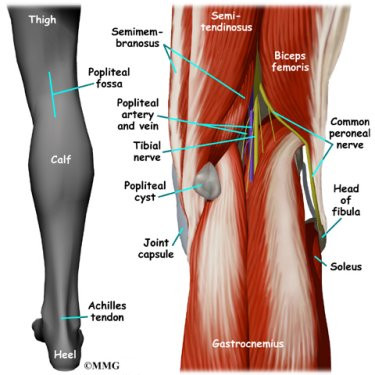



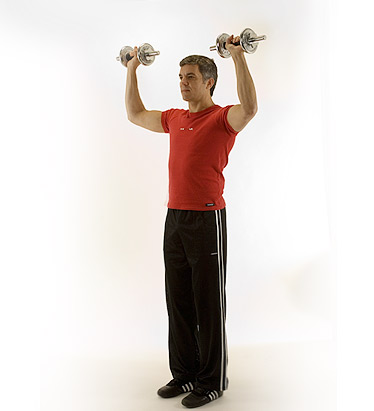


 As with the stretching routine I laid out in the preceding chapter, the purpose of this section is to show you the minimum of what I think you should do in strength training, not present a one-size-fits-all strength training program. You might have noticed that everything I’ve said so far about strengthening exercises refers to upper body work. That’s what I’m going to focus on here. I’m not saying that runners can’t benefit from doing resistance training for their legs, just that I don’t think that doing so is as necessary for all runners as the upper body work.
As with the stretching routine I laid out in the preceding chapter, the purpose of this section is to show you the minimum of what I think you should do in strength training, not present a one-size-fits-all strength training program. You might have noticed that everything I’ve said so far about strengthening exercises refers to upper body work. That’s what I’m going to focus on here. I’m not saying that runners can’t benefit from doing resistance training for their legs, just that I don’t think that doing so is as necessary for all runners as the upper body work. Unfortunately, a lot of runners don’t believe a word of this advice. They like to point out that if a strong upper body were necessary to run well, then certainly you’d develop one through running. They also like to scare people away from trying to get stronger by warning that lifting weights will make you “muscle-bound” and add tons of unwanted bulk. After all, they’ll ask, wasn’t losing weight one of the main reasons you started running?
Unfortunately, a lot of runners don’t believe a word of this advice. They like to point out that if a strong upper body were necessary to run well, then certainly you’d develop one through running. They also like to scare people away from trying to get stronger by warning that lifting weights will make you “muscle-bound” and add tons of unwanted bulk. After all, they’ll ask, wasn’t losing weight one of the main reasons you started running?





 This has happened to almost everyone who has run for a while: You’re pushing against a wall or car or other big, immovable object, with one leg bending toward the object, the other behind it and straight. Invariably, someone comes along and says, “Need help holding it up?”
This has happened to almost everyone who has run for a while: You’re pushing against a wall or car or other big, immovable object, with one leg bending toward the object, the other behind it and straight. Invariably, someone comes along and says, “Need help holding it up?”

